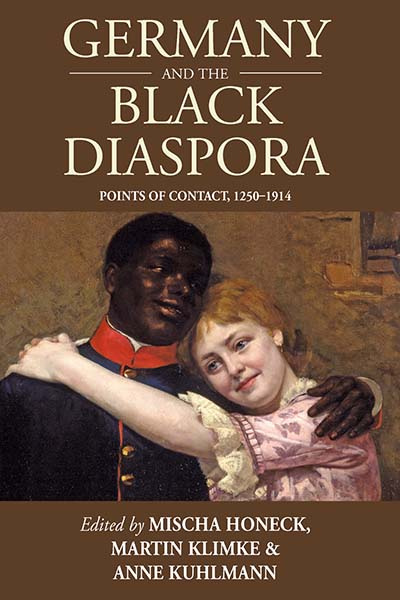Racial profiling in medicine
Nature Medicine
Volume 19, Number 7 (July 2013)
page 808
DOI: 10.1038/nm.3254
Aravinda Chakravarti, Professor of Medicine
McKusick-Nathans Institute of Genetic Medicine
Johns Hopkins University
Jonathan Kahn, Race in a Bottle: The Story of BiDil and Racialized Medicine in a Post-Genomic Age, Columbia University Press, 2012. 28 pp., ISBN: 0231162987
The field of human genetics is moving beyond using genomics as a tool for deeper understanding of human disease pathophysiology to the possibility of translating this knowledge for efficient treatment. A particular emphasis is being placed on Individualized medicine’, promising to tailor treatment based on each of our genomes. This ideal vision, however, can cause unease when our notions of genetic individuality intersect with those of ancestry and race. Jonathan Kahn’s book, Race in a Bottle, is a contemporary medical story born of this nexus. In it, he skillfully uses the story of the drug BiDil, a therapeutic for heart failure marketed specifically for African Americans (but whose use has declined markedly because it provides no unique benefit in comparison to similar drugs), as the backdrop for examining the expanding role of race in medical genomics, even when the same science has called the existence of race into serious doubt.
As Kahn highlights in the book, the innocuous birth of BiDil in 1992 was no predictor of its contorted history. BiDil is a combination of two vasodilators, hydralazine and isosorbide dinitrate (H-I), which are presumed to act through the nitric oxide pathway to provide benefit to patients with congestive heart failure. They were combined into one pill for easier administration, although each was already available in generic form. Between 1980 and 1991, two major clinical trials in the United States, involving patients of both European and African ancestries, clearly established that angiotensin-converting-enzyme inhibitors should be the preferred drug for patients with heart failure and that the H-1 combination should be used in individuals who did not benefit from this frontline therapy. Sensing a market opportunity, Medco Research obtained the intellectual property rights to BiDil, demonstrated its bioequivalence to the H-1 formulation and approached the US Food and Drug Administration(FDA) in 1996 for approval to market this ‘new’ drug. The FDA refused, arguing that clinical trials showing the utility of H-1 for heart failure did not meet the stiff criteria for such approval.
There was a suspicion that the nitric oxide response, and heart failure, was somehow different in blacks than in whites. So Jay Cohn, a respected cardiologist and owner of the original BiDil patent, reanalyzed the original clinical trial data to demonstrate that H-1 did work better in blacks than whites, a contention described and contested in the book. This finding not only led to a new patent but prompted its new owner, NitroMed, to conduct a fresh clinical trial in 2001, involving only African-American patients with heart failure, to demonstrate BiDils utility in this group. None of these facts are in doubt. What is doubted, however, is the implicit assumption that BiDil is not useful for white patients, the chronology of key events and the motivations of various actors in medicine, industry and government—factors that morphed an otherwise convenient drug formulation into a race-specific drug. Kahn makes the charge that “BiDil was not about personalizing medicine; it was about exploiting race to obtain cheaper, quicker FDA approval for a drug.”…
…Genetic analysis strongly suggests that early humans first arose in Africa and emerged out of Africa only ~100,000 years ago, a fairly recent development, evolutionarily speaking, which explains why we are all closely related. Any classification of biological races within our species is arbitrary because there are no major discontinuities in our diversity across the globe. Importantly, genetic data show that currently populous groups are not necessarily reflected by their past abundance, and human history is one of repeated admixture, not maintenance of purity. It is this genetic admixture that has left an imprint on every human disease with a genetic component, including common chronic ones. Thus, it is quite unlikely that the genetic variations underlying our diseases, which represent only a small fraction of our genetic diversity, will vary markedly across humanity…
Read or purchase the article here.
